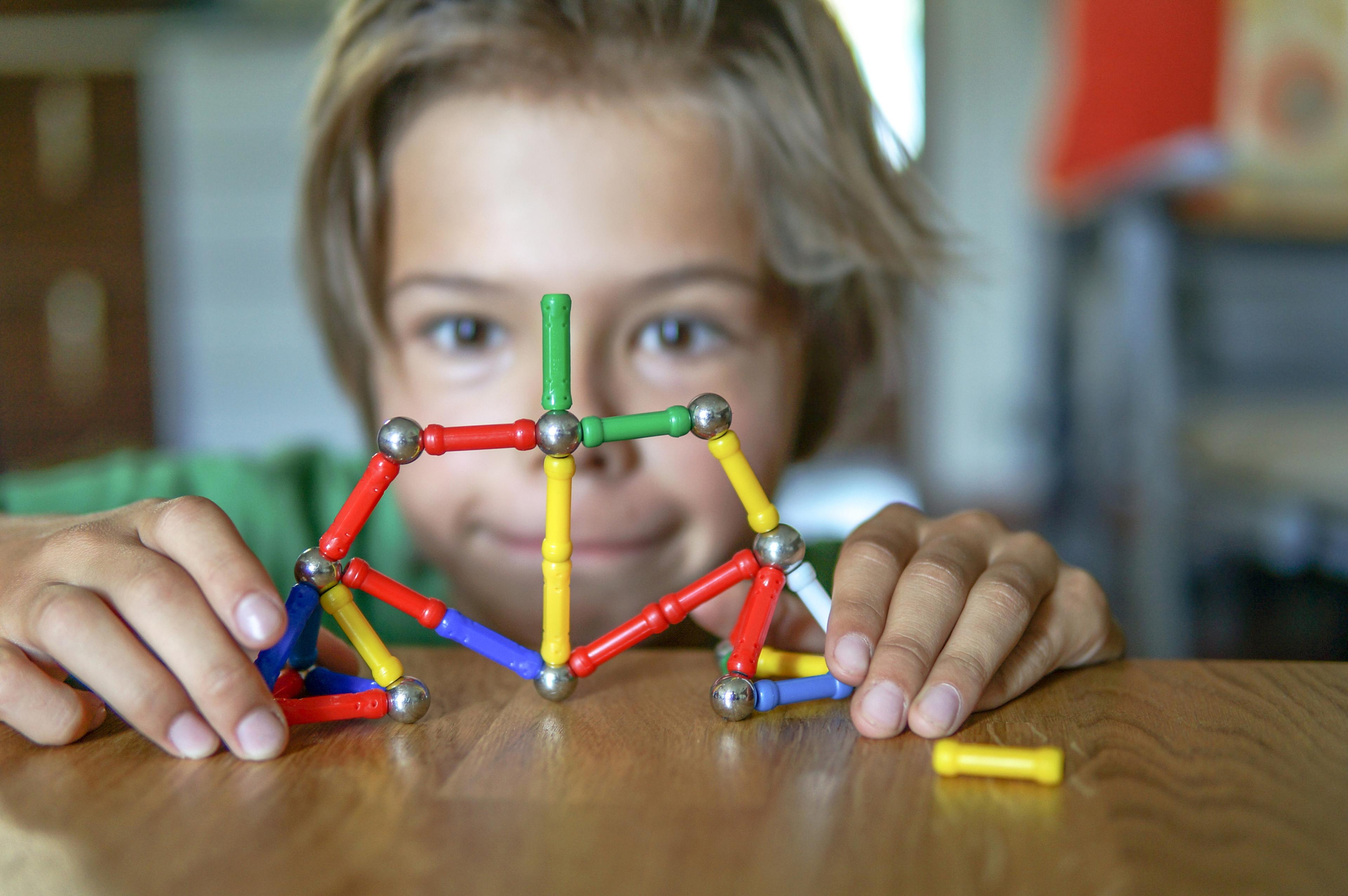Why are Levels of Near-Sightedness Rising? What to Know About Myopia
Jake Newby
| 3 min read


Medically reviewed by Gretchen Goltz, D.O.
Myopia, the medical name for nearsightedness, is a condition that makes it difficult to clearly see objects from far away. For example, with myopia you may struggle to make out items on a chalkboard in a classroom from a few rows back or street signs until you pull right up to them.
Myopia is a common condition that affects more than 40% of people in the United States, with even more people impacted in recent years. Young populations are becoming increasingly prone to myopia. According to the International Myopia Institute, the number of 17-year-olds with myopia doubled in the past decade. Experts believe 5 billion people will be diagnosed with myopia by 2050.
What causes myopia?
Myopia happens when the axial length of the eyeball grows too long from front to back, or when there are problems with the shape of the cornea or lens, according to the National Eye Institute. These problems can force light to focus in front of the retina instead of on top of it, making distant objects appear blurry.
Myopia is often genetic; people with this condition typically have at least one parent with nearsightedness. Environmental factors are another common cause, as people who don’t spend much time outdoors and spend extended time studying items near them – such as books or computers – tend to suffer from myopia.
Myopia usually becomes an issue for children between the ages of 6 and 14. A possible cause for this is the widespread increase in screen time among children. Technology in classrooms wasn’t nearly as prevalent 20 and 30 years ago as it is today. Recent research studying screen time’s link to myopia was mixed. Harvard Public Health states extended time spent in dark indoor settings – which can go hand in hand with long hours spent surfing the Internet or playing video games – is another possible factor.
What are symptoms of myopia?
Common symptoms of myopia include:
- Eye strain
- Fatigue while driving, engaging in physical activity or looking more than a few feet away.
- Needing to squint to see clearly
Mile cases of myopia may show no symptoms making regular eye exams a necessity. An eye doctor can diagnose myopia even when you don’t suspect it. Individuals with severe nearsightedness – may be at risk for these complications:
- Cataracts
- Glaucoma
- Optic neuropathy
- Retinal detachment
If you regularly visit your eye doctor and are prescribed glasses, contact lenses or eye surgery to correct your issue, you shouldn’t have to worry about these serious complications in most cases.
Can I lower my risk for myopia?
The Cleveland Clinic states you may be able to decrease your or your child’s risk of developing myopia by getting enough time outside and limiting the amount of time spent in front of screens. You may also want to be mindful of the amount of time doing close work like reading or sewing.
How do eye doctors check for myopia?
Eye doctors can check for nearsightedness as part of a simple and painless comprehensive eye exam. Since this issue is becoming increasingly alarming for children, it’s important to have your kids tested young.
The American Optometric Association recommends children have professional eye exams at regular intervals, between the ages of 6 to 12 months, at least once between 3 and 5 years of age, once before they start first grade and annually thereafter.
Photo credit: Getty Images
Continue reading:





